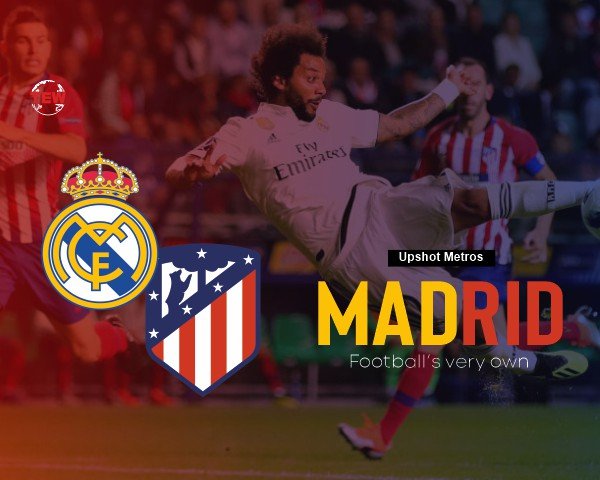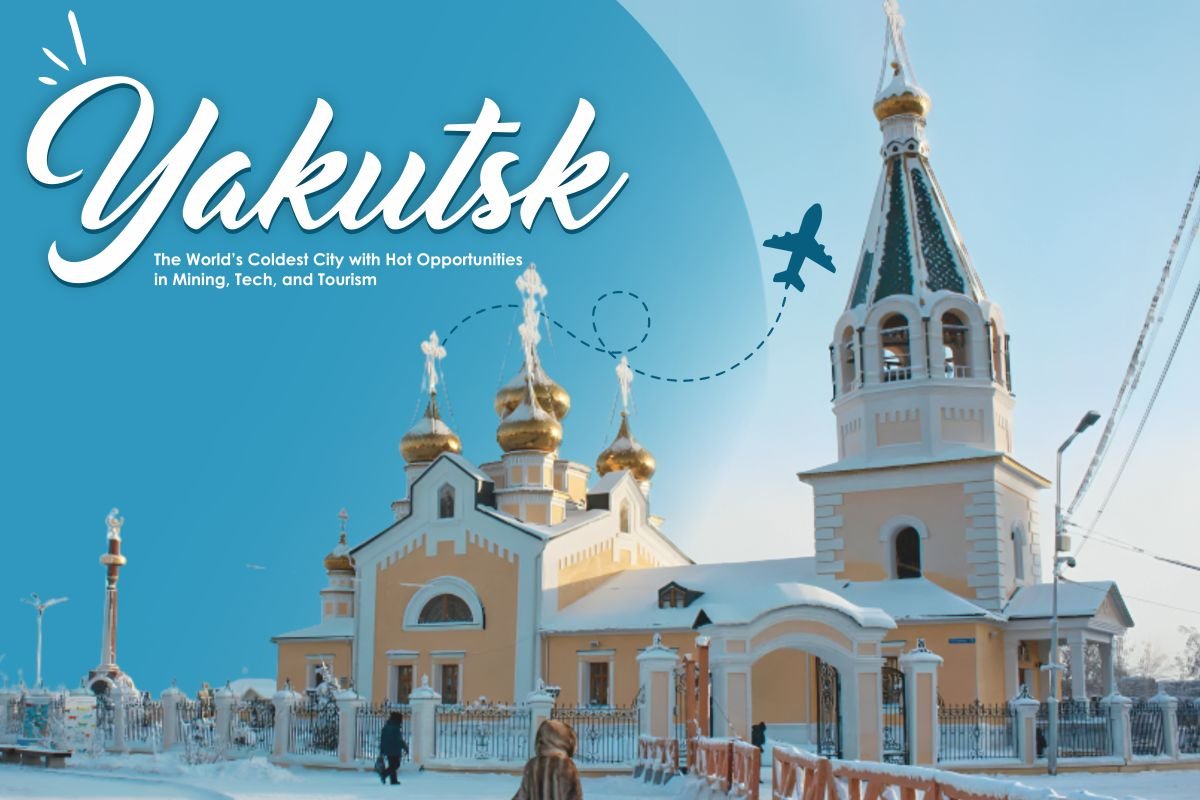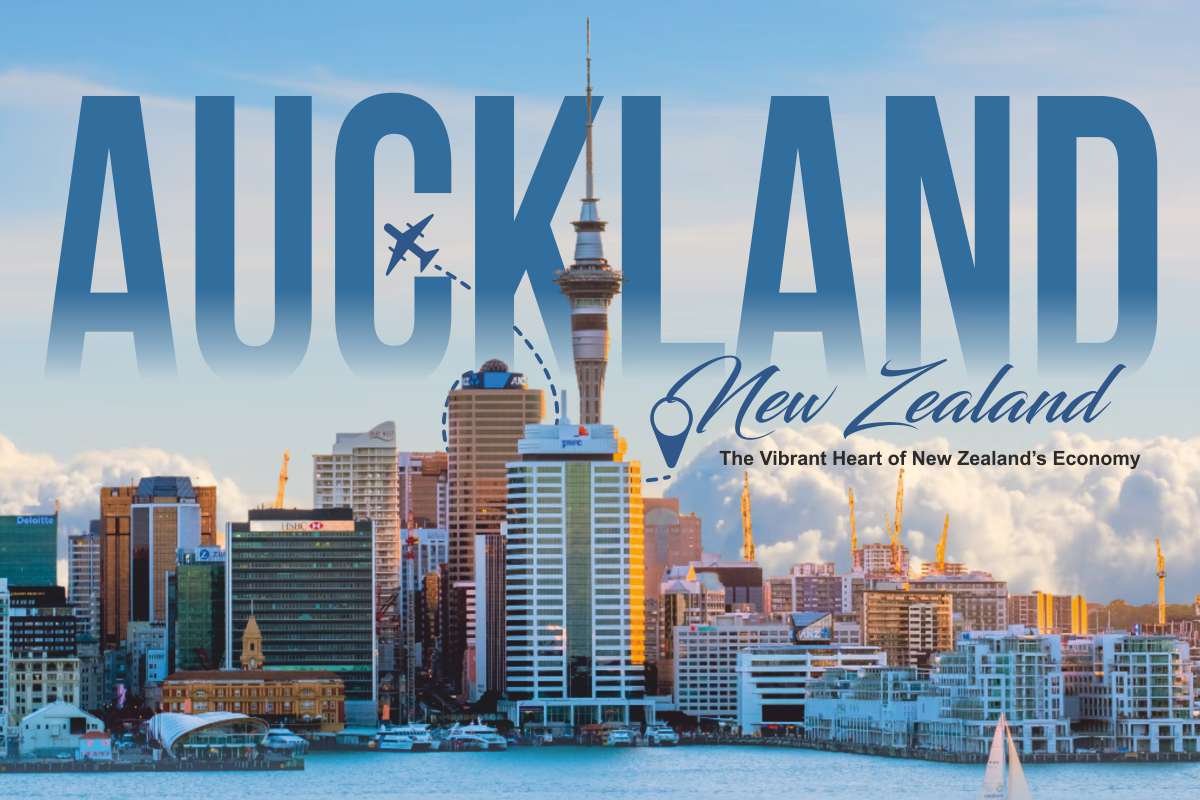Madrid is the capital city of Spain. It is the most populous city and the second-largest city in the European Union (EU).
The city lies on the River Manzanares and is the center of the country and the Community of Madrid. The urban agglomeration of Madrid has the third-largest economy in the European Union. Moreover, its strong influence on politics, entertainment, education, media, environment, fashion, science, and culture has also gained it the status as one of the world’s global cities. The city has a strong sports influence too and is home to two of football’s world-famous clubs, Real Madrid and Atletico Madrid.
The city is considered a major financial center because of its high standard of living, economic output, and market size. Madrid hosts the headquarters of many of the major Spanish companies. And according to Monocle magazine’s 2017 index, the city was also rated as the 10th most livable city.
The infrastructure in The city is relatively modern, but the city has also managed to preserve the look of many of its historic neighborhoods and streets. Some of the popular landmarks in the city are the Plaza Mayor, the Royal Palace of Madrid, the Royal Theatre, many national museums, and other historical landmarks.
The Economy of Madrid city in Spain
After London, Frankfurt, Paris, and Amsterdam, Madrid is the 5th important leading center of commerce in Europe.
The industrial development in The city started on a large scale in the 20th century, but it grew even more rapidly, in the 1960s, an era also called the “Spanish miracle”. During this economic boom, the economy of the city was mostly centered on different manufacturing industries related to motorcycles, aircraft, chemicals, electronic devices, pharmaceuticals, leather goods, and many more. After the democracy in the city was restored in the 1970s, the economy is expanding and is also one of the dynamic economies in the European Union.
The city has over 17 universities and 30 research centers. It ranks 3rd in the EU by its gross domestic product. The economy of The city relies heavily on its service sector. In the year 2011, the service sector accounted for 85.9% of the GDP, while the industry sector contributed 7.9% and the construction sector for 6.1%. Even then, The city holds the second position as Spain’s industrial center after Barcelona.
Various services prevalent in The city are related to business, transport, and communication, property, and finances, which together account for 52%. The newly emerging services are that which carry out the movement of capital, information, goods, and person and other “advanced business” services like research and development, information technology, and technical accountancy.
The finance sector of the city is pretty strong too. The banks in The city carry out about 72% of all the banking services in Spain. The Spanish Central Bank or the Bank of Spain has been in the city since 1782. Some of the other important financial markets in the city include stocks and shares, bond markets, insurance, and pension funds.
The construction of transport infrastructure has played a major role in maintaining the economic position of Madrid. Work travel and other local journeys use the high-quality metropolitan road network and also a public transport system. The Madrid-Barajas Airport, the fourth-largest airport in Europe also plays an important role in the city’s economy.
Tourism in Madrid is another major industry. The city is the home to United Nations’ World Tourism Organization (UNWTO). Most of the city’s tourists are from the United States which is then followed by Italy, France, the UK, and Germany. In the year 2018, Madrid received 10.21 million tourists, 53% of them being international tourists.
Art and Culture in Madrid
The city is widely known for its art galleries and museums. The best known in the city is the Golden Triangle of Art that is located along the Paseo del Prado. This comprises three major museums; the Prado Museum, the Thyssen Bornemisza Museum, and the Reina Sofia Museum. The Prado Museum is an art gallery that features the world’s finest collections of European art from the 12th century to the 19th century. The art pieces are based on the former Spanish Royal Collection.
The National Archeological Museum of Madrid showcases the archaeological artifacts from the pre-historical era to the 19th century. These include Roman mosaics, Greek ceramics, Islamic art, and Romanesque art. Some of the other museums in Madrid are the National Museum of Natural Sciences, the Naval Museum, and many others.
Sports has always been in the spirit of Madrid, football above all the sports. The city is home to the La Liga football club giant, Real Madrid. This football club is one of the most famous and supported clubs in the world. Real Madrid has been selected as the club of the 20th century (FIFA Club of the century) and is currently the leader of the European teams ranking. The Real Madrid club is the worldwide leader with over 26 titles under its belt and is also one of the most valuable teams in the world.
The city has hosted four of the European Cup/Championships to date. That said, Madrid is the hotspot of art, culture, and economy of Spain!






